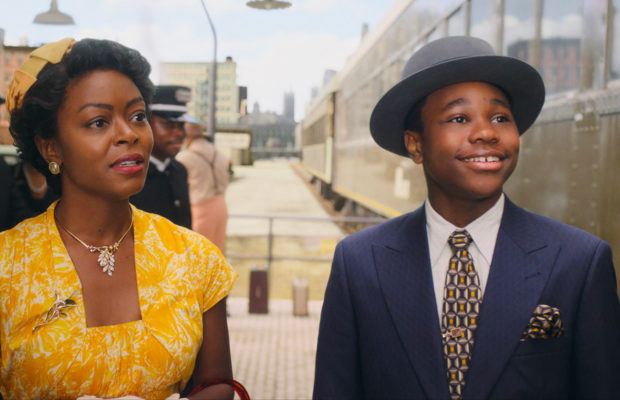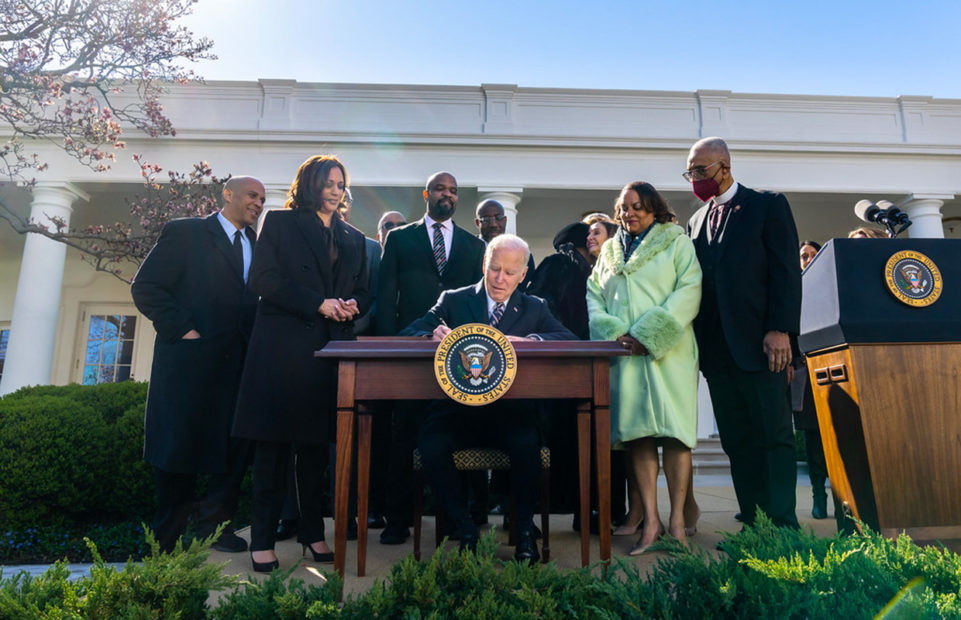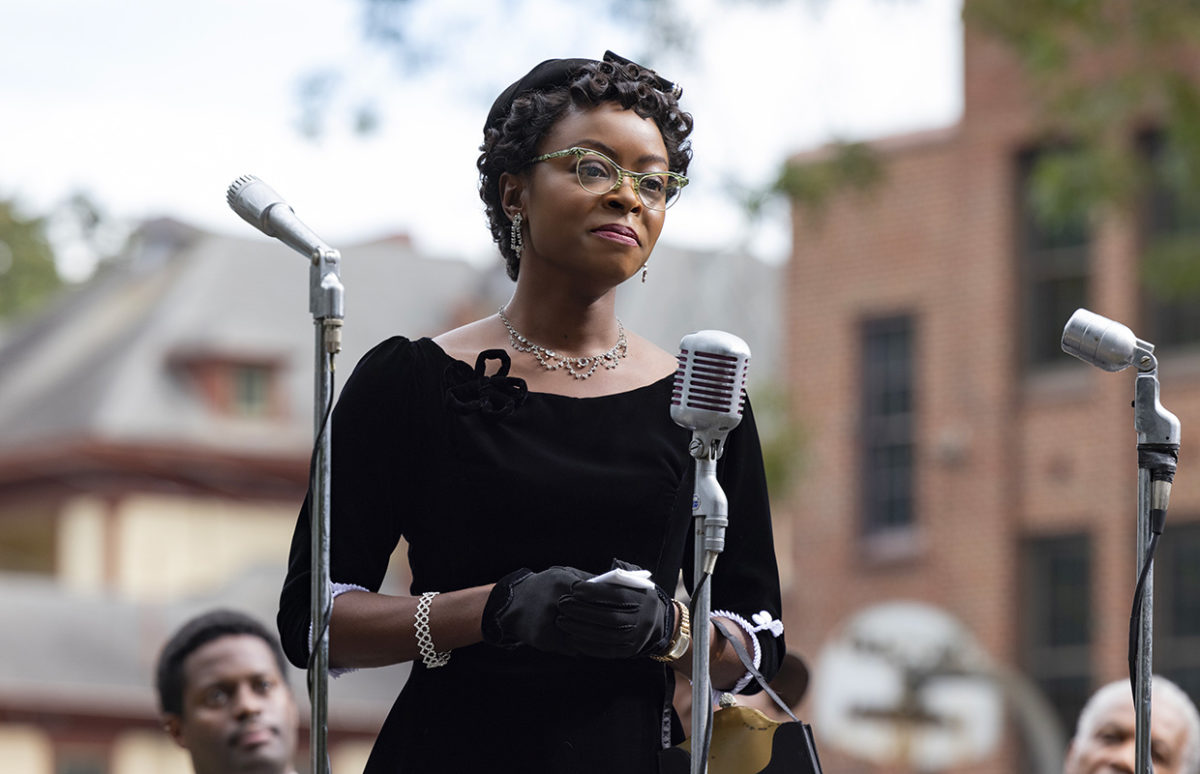When 14-year-old Emmett Till was lynched in Mississippi in 1955, he could have just have been another statistic in the segregated South under Jim Crow. But his mother decided the world would be made to see what her son had suffered and her actions galvanised the Civil Rights movement. A new film, 18 years in the making, tells the story of Emmett Till and Mamie Till-Mobley.
Emmett's family, like so many other African-Americans, had moved away from the segregated South in the Great Migration, hoping for better opportunities. They set up home in Chicago and by 1955 Mamie Till-Mobley was a widow and a teacher. That summer Emmett went to visit family in Mississippi despite his mother's misgivings. She warned him that he couldn't behave in the same confident way he did in the North.

Just weeks later, she learned that her son had been lynched, allegedly because he had whistled at a white woman, Mrs Bryant, an unforgivable act of disrespect in the South.
Despite her grief, Mamie Till-Mobley decided her son's death would serve a purpose. She insisted that his coffin be open for his funeral - in three days 50,000 people viewed the disfigured corpse. She also asked reporters to publish photos of Emmett's body.
Mrs Bryant’s husband and his brother were put on trial for kidnapping and murdering Emmett. They were found innocent by an all-white jury.
Yet Mamie Till-Mobley continued to fight. She became a leading light in the National Association for the Advancement of Colored People (NAACP). Both Dr Martin Luther King, Jr. and Rosa Parks said her actions influenced them. Rosa Parks told Mamie Till-Mobley that she thought of Emmett as she refused to give up her seat in a Montgomery bus.
Getting the Story Told
Although Rosa Parks' story is known by every schoolchild in the U.S.A., Emmett Till's, more traumatic, slowly faded from memory.
When producers Keith Beauchamp and Barbara Broccoli tried to get studios interested in a film telling the story, they faced constant refusals. James Bond producer Broccoli said, “They were saying: ‘Why would you want to tell this story, it’s depressing?’ People don’t want to talk about this history." This went on for 18 years.
In the event, it took the George Floyd killing and the Black Lives Matters movement for studios to understand why the story had to be told.
In 2020, the producers were able to ask Chinonye Chukwu for her ideas on writing and directing the film. She suggested focusing on Mamie Till-Mobley, who died in 2003. “Without Mamie, the world wouldn’t know who Emmett Till was, and she is the heartbeat of the story,” said the director.
In the Name of the Law
Last year, the U.S.A. finally got a federal law making lynching a specific crime. President Joe Biden signed H.R. 55, the “Emmett Till Antilynching Act”, on March 29, 2022. There had been 200 attempts to get an anti-lynching law on the statute books over a period of 120 years.

Although Mamie Till-Mobley had fought for such a law, as well as other civil-rights legislation, for the rest of her life, she died in 2003. The signing ceremony of the Act was attended by the Rev Wheeler Parker, Emmett Till's cousin, as well as Michelle Duster, great-granddaughter of Ida B Wells, a black journalist whose reporting on lynchings brought them to mainstream notice in the 1890s.
Vice-President Kamala Harris commented, “Lynching is not a relic of the past. Racial acts of terror still occur in our nation. And when they do, we must all have the courage to name them and hold the perpetrators to account.”
Our B1 resource on the Emmett Till film will can be used as part of a sequence on the Civil Rights movement or Black Lives Matter with B1 students. For example:
Shine Bright 1e File 8 African-American Art
Shine Bright LLCER File 15 Equality on Trial
Shine Bright AMC File 5 Black Lives Matter
Copyright(s) :
© 2022 ORION RELEASING LLC. All Rights Reserved.
Official White House Photo by Erin Scott)
> Before Rosa Parks
> To Kill a Mockingbird: Changing the Point of View
> Black Lives Matter : Travail collaboratif et éducation aux médias autour d’un sujet d’actualité
> Videos for Martin Luther King Day
> Great Short Videos on African American History
> Teaching about U.S. Women’s Fight for the Vote
> Civil Rights: The Montgomery Bus Boycott
> Emmett Till
> Interactive Civil Rights Timeline
Tag(s) : "activism" "African Americans" "African-American history" "Black History Month" "Black Lives Matter" "civil rights" "Emmett Till" "Give Me Five 4e" "Martin Luther King" "protest" "Rosa Parks" "Shine bright 1e" "Shine Bright AMC" "Shine bright LLCER" "Speakeasy Files 3e" "U.S. history"






